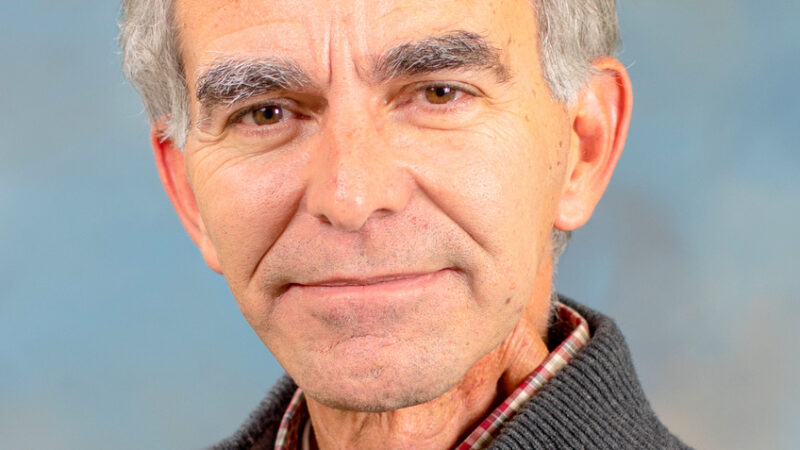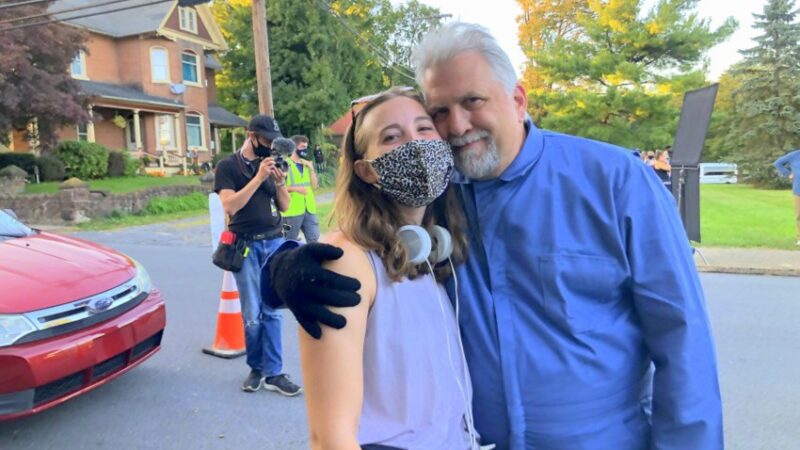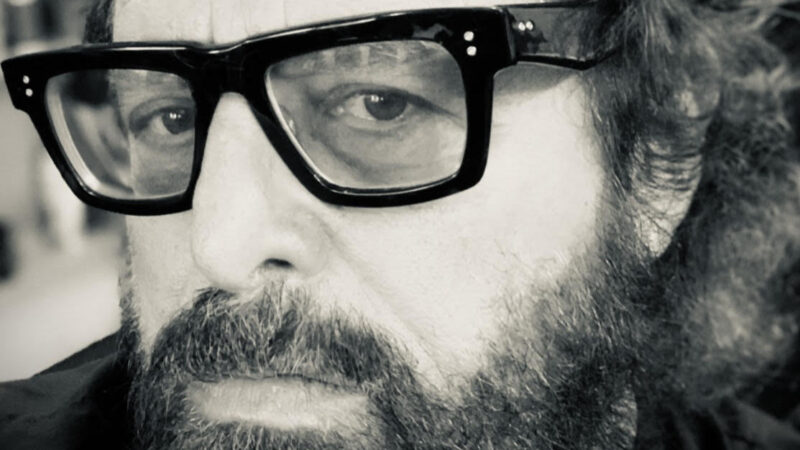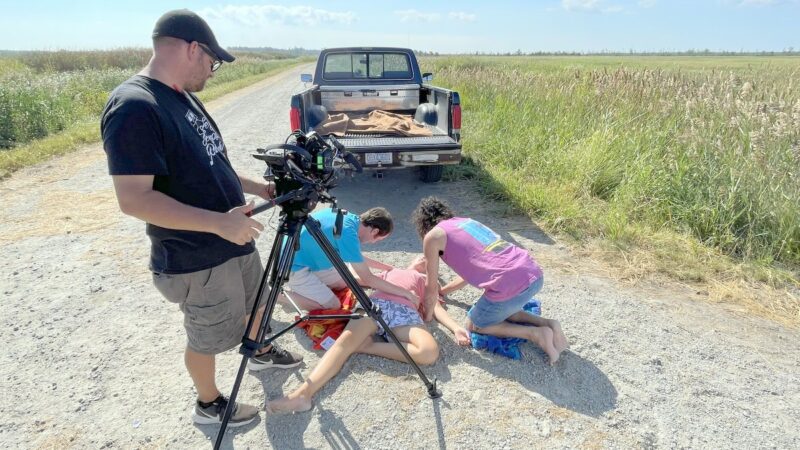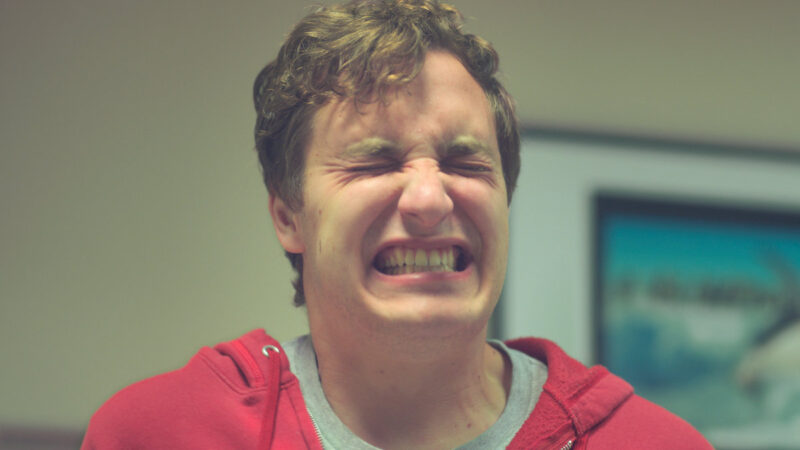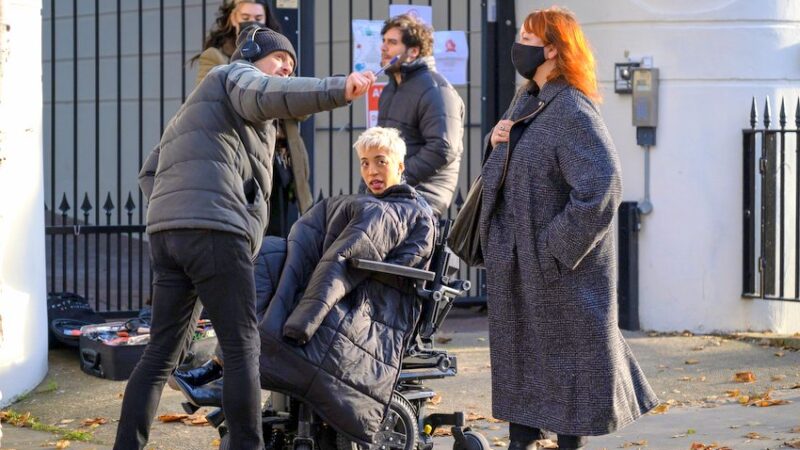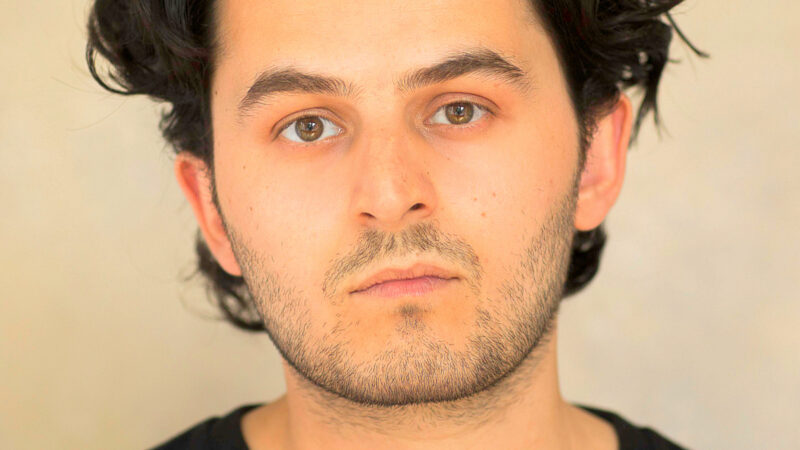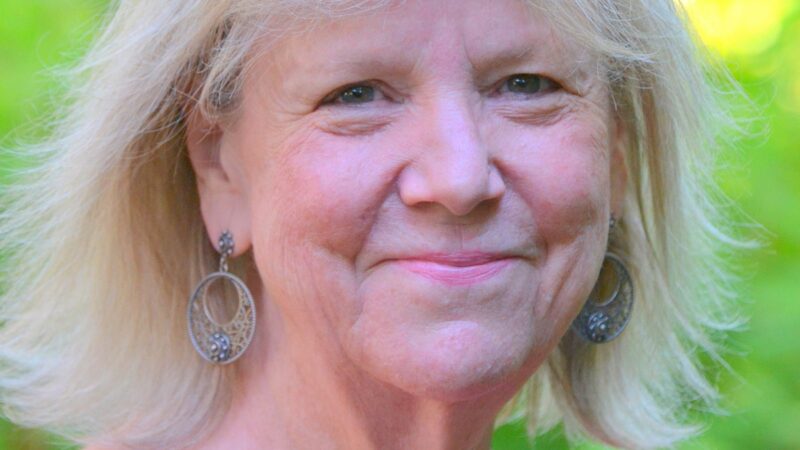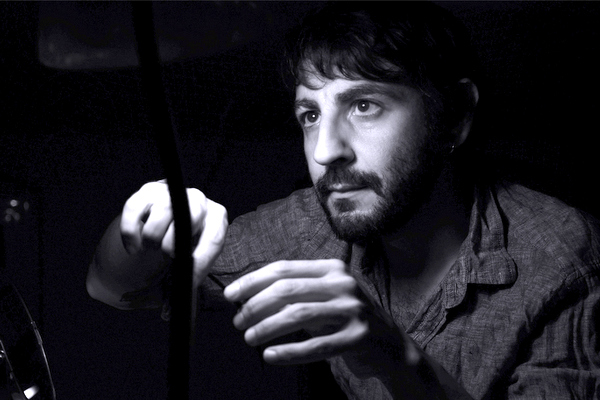
Burak Oguz Saguner was born in Sydney, Australia. When he was two years old his parents moved back to Turkey. Burak’s father worked as an IT Engineer in Istanbul and his mother studied to become an Opera Singer at the National Conservatorium in Ankara, where his grandparents lived. Burak’s grandparents were both artists and watching them paint had a big influence on him as a child.
Burak Oguz Saguner moved to Istanbul when it was time to start primary school. He describes the city as a gritty, cosmopolitan and an eccentric place to grow up in; “Over 15 million people from all walks of life live in such a confined space. Beauty, distortion, luxury, poverty, conservatism, flexibility and chaos exists side by side. Istanbul definitely shaped my perspective on life and how I see things. It also inspired me to take up photography.”
#shootday #intothewaves #movie #featurefilm #tasmania #onset with #arriamira #superspeeds #photo Robert Scott @ARRIChannel #filmmakerslife pic.twitter.com/CaDtAzHzCq
— Burak Oguz Saguner (@B_Oguz_Saguner) April 13, 2017
In his early 20’s, Burak left Istanbul to study Cinema in Cyprus. Then, “after a long, hearty conversation” with one of his closest friends, he decided moving to Australia.
In 2004 Burak Oguz Saguner graduated from North Sydney College of TAFE, NSW where he studied TV & Film Production and started his journey as a filmmaker.
How did you decide to become a cinematographer?
I don’t know if I decided or the flow of life took me there actually. I’d like to think my body and spirit gravitates towards certain people and places and I try following the lead as much as possible. The cinematography was like that too.
Earlier on I worked in IT which I loved. However, in few years I realized that I liked the people I was working with more than the job itself. That made me wonder. I was always interested in stories, imagery, and film. One of my first ever toys was a kaleidoscope, gifted to me by my grandfather. I used to spend hours with it. And, I was also in love with a girl who was taking up social science classes, and I followed her. That was the route to studying film. I figured out I wanted to make films but was not sure what my role would be.
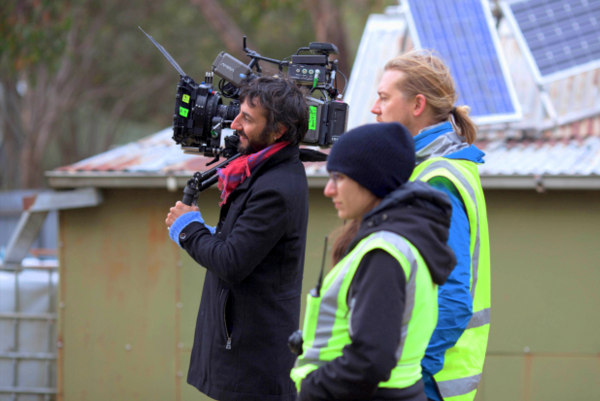
Burak Oguz on set of ‘Into The Waves’, the feature debut of Kyle Hedrick
On the last year of film studies, I started working with lighting and shot for my classmates. More I did, more they asked me to do so. By the end, I got offered a project as a cinematographer. And that was that, I fell in love with it and never looked back.
Tell us about your most recent project?
Recently I worked on Kyle Hedrick’s feature film “Into the Waves” which we shot on location in Tasmania. The film is about two brothers hitchhiking across the island to get to their mother’s funeral. It is an exploration of their relationship, how they relate to the landscape and the people they meet. The film had quite limited resources and a small crew. We became a tight-knit family quickly and proved to be very resourceful about the challenges that came our way. We never said this wouldn’t work, instead approached it as how are we going to do this? For most part of the shoot, I only had a 1st AC, Tim Fay, by my side who was more than a powerhouse and great to work with. We didn’t have the budget for gaffers or grips in this instance. I shot mostly handheld. We used ARRI Amira, Superspeed lenses from 70’s, and a minimalistic lighting kit. Since we didn’t have many extra hands and this was a road movie in some way, I chose the gear that was versatile and easier to carry. There is nothing worse than having an extravagant amount of equipment, and that getting in the way of telling the story. I get a kick out of doing more with less when necessary anyway. So, it turned out to be one of the most a joyful and memorable experience in my career.
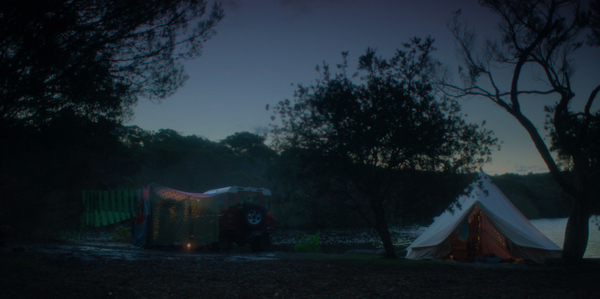
Screenshot – Driftwood Dustmites directed by Malina Maria Mankiewicz
How do you prepare for work on a new project?
I enquire a lot about the story, where it comes from, what it means to the director and listen. Establishing a strong communication and reaching the director’s heart and mind is key for me. This way I can live in the story’s world, rather than just looking at it from outside. I also feel the location is one of the biggest reasons why a story turns out the way it does. So, I dedicate a lot of time to it and take as many photographs as possible, this helps me visualize the space better. The longer I invest, the more I get to see and feel it. Getting to a place where my thoughts don’t get in the way of my eyes is the most important thing. Being present, curious, receptive and truthful are the pillars of my preparation. Of course, it goes without saying, testing equipment and visual style are also crucial.
Who is your favourite cinematographer?
Mother Nature. I don’t have “favorites” in life necessarily. There are a lot of people that inspire me from all sorts of different disciplines and walks of life whether they are filmmakers or not. In saying this, I admire and respect, especially, Christopher Doyle, Robby Muller, Lance Acord in their approach to cinematography and storytelling.
What is the difference between a cinematographer and a DoP?
I wonder if in most cases, there is a real difference practically speaking. However, to me, the term “Director of Photography” always sounded like the person is caring for the photographic process only. I think making a film is a delicate collaboration and a balance of elements. Because of this, I believe, a cinematographer or a D.O.P’s involvement and responsibility are way more than just producing beautiful images. And if I am going to be part of the cinematic process then term cinematographer feels more appropriate.
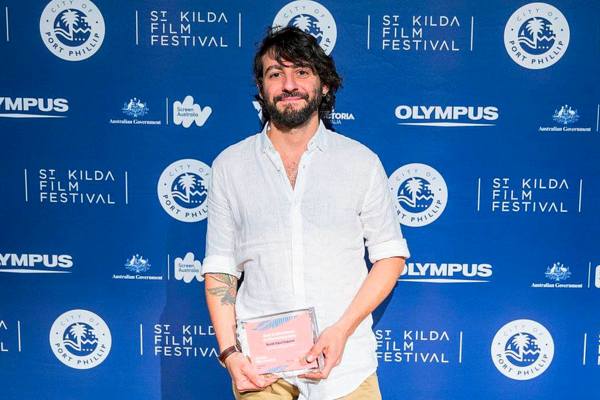
Burak Oguz with the Best Cinematography Award St. Kilda Film Festival. (photo by Cloakroom Media)
What brand of camera is your favourite?
Ultimately ARRI makes great cameras. In saying this, my favorite camera is the one that fits the budget and the style of the production. Sometimes it’s great to have a light and easy camera with good image quality, sometimes a camera that is heavy but records 200 fps.
What do you look for in a camera?
Image integrity, character, ergonomic design, and practicality.
How do you like to work with your camera crew?
With love, honesty, and respect. I don’t have a particular formula beyond that. The dynamic is often determined by the project and situations that occur. I delegate as much responsibility as possible and like to hear what my colleagues think and how they feel. Being exposed to the opinions of individuals who have different priorities and concerns can be very inspiring. Collaborating as much as possible is important for me. And, often, humor is great for finding solutions and being creative.
Is there science behind what you do?
Cinematography is more like metaphysics for me. There are a lot of science and technique that goes into it of course. One must practice and learn so that the knowledge becomes muscle memory. That is what opens the window to infinite possibilities. Like a good musician, not having to think too much about all that he or she accumulated over the years while jamming.
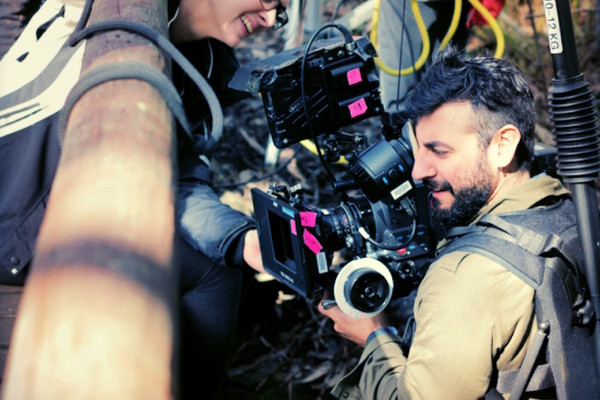
Burak Oguz on set shooting ‘Driftwood Dustmites’ by Malina Maria Mackiewicz
I always remember this Conrad L. Hall interview with the ASC Magazine where he was talking about filming the movie, In Cold Blood;
“I wound up lighting this scene of a man about to be hanged, talking to a chaplain as rain was being created outside the window. The light from the prison yard was creating a dim, moody ambiance, and the chaplain was reading from the Bible by the light of a little desk lamp. The outside light was creating the penetration, and we used a wind machine to create some movement in the rain. But the machine blew a mist on the windowpanes, and after a certain point, the mist became so heavy that it started to trail down. While I was lighting the scene, I noticed that the light from outside was shining through the water sliding down the window pane and projecting a pattern resembling tears on the face of Robert Blake’s stand-in. I brought it to Richard’s attention. In the finished scene, the acting, cinematography, direction and writing all come together to create a very memorable moment. People think you’re a genius for planning something like that when in reality you were just smart enough to notice it and exploit it.”
Unpredictability is a part of life. That’s what makes things interesting. Being agile, versatile and receptive is critical. So is the ability to think and see outside the box. Only then you can realize the magic in unforeseen, and this ends up often being unique.
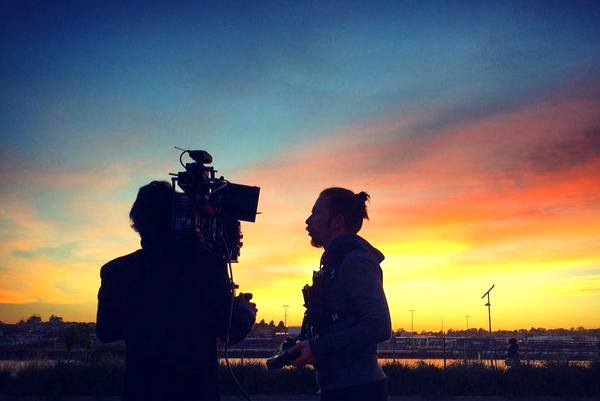
Burak Oguz on set of ‘Into The Waves’, the feature debut of Kyle Hedrick. (photo by Lola Alexander)
Describe the gear your use on an indie production and on a big-budget production?
Putting together a gear list, I’d like to think in terms of what the film needs rather than how big the budget is. No matter the budget, I build my kit ground up prioritizing the best possible set of lenses, then the best possible camera I can afford. Then let the budget determine the style. If you don’t have the money for a particular type of gear or a crew member, there is no point in behaving like you do or crying about it. One can always ask for more and never have enough of anything. I believe every filmmaker ends up having to work with some sort of compromise. So, if you make the right compromise in the right place and for a good reason, nothing seems compromised. That is the magic trick I think.
What do you want most from a director?
Don’t think I necessarily want anything. What we do is like a dance. You have to know your partner well to be able to dance well together. So, if we can be personable and open, that would be ultimate. We all are in the same boat, trying to tell a story as best as we can. Having a strong connection and a fluid conversation makes things a lot more fruitful and achievable during the process.
What advice will you give DoP’s around the world?
I don’t like giving advice all that much. Everyone comes from different experiences and is on a different journey. It is not necessarily about right or wrong. We all learn by trying things and figure out what we like, what works. That is the only way of finding your voice. So, I like asking questions. How well my intentions are aligned? How much do I love doing what I do? Am I truly honest and present? That is what keeps me centered and helps with my journey.
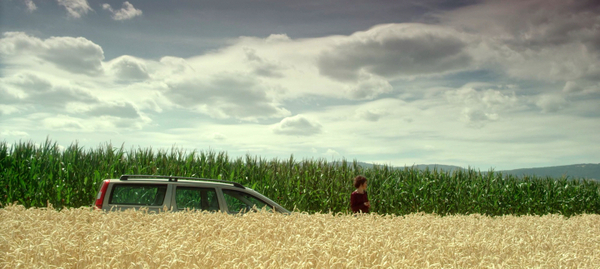
Screenshot – The Birth of Venus directed by Melano Sokhadze & Aiden Buchi
Briefly describe your career?
I was always interested in telling stories. Before I wanted to be a filmmaker I did photography. Photography is still very dear to my heart. Since 2004 I have worked on short films, documentaries and independent feature films in different parts of the world including Australia, Vietnam, and Switzerland. In 2014, I studied Post-Graduate Diploma in Cinematography at Australian Film Television and Radio School. During this time, I shot “Driftwood Dustmites” directed by Malina Maria Mackiewicz which world premiered at the 65th Berlin International Film Festival and won ‘Best Achievement in Cinematography’ award at the St Kilda Film Festival and ‘Best Cinematography’ award at the Canberra Short Film Festival in 2016.
Recently, I shot the feature film “Into The Waves” directed by Kyle Hedrick and am currently in pre-production of the feature film “Thirty-Three” directed by Michael Booth.
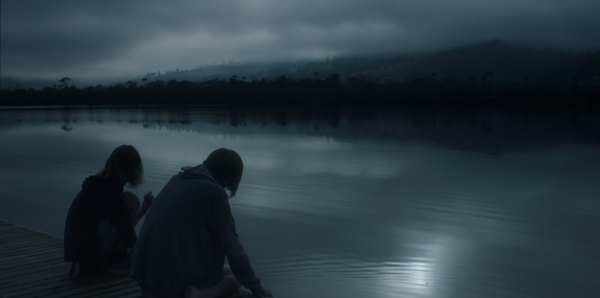
A Screenshot of the feature film ‘Into The Waves’, Kyle Hedrick debut
Website | IMDB | Facebook | Twitter | Instagram | Vimeo | LinkedIn | Pinterest
In Conversation with Michael Oblowitz Director of Confidential Informant
Confidential Informant stars Mel Gibson, Dominic Purcell, and Kate Bosworth
more

